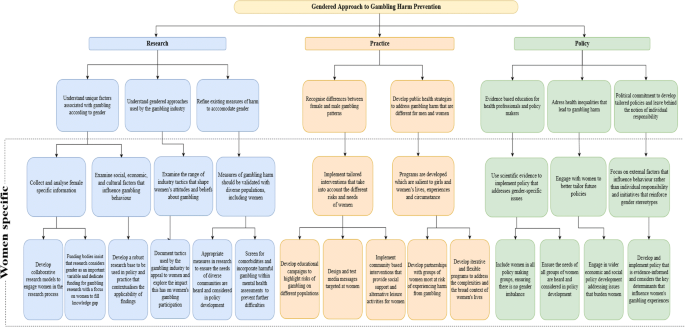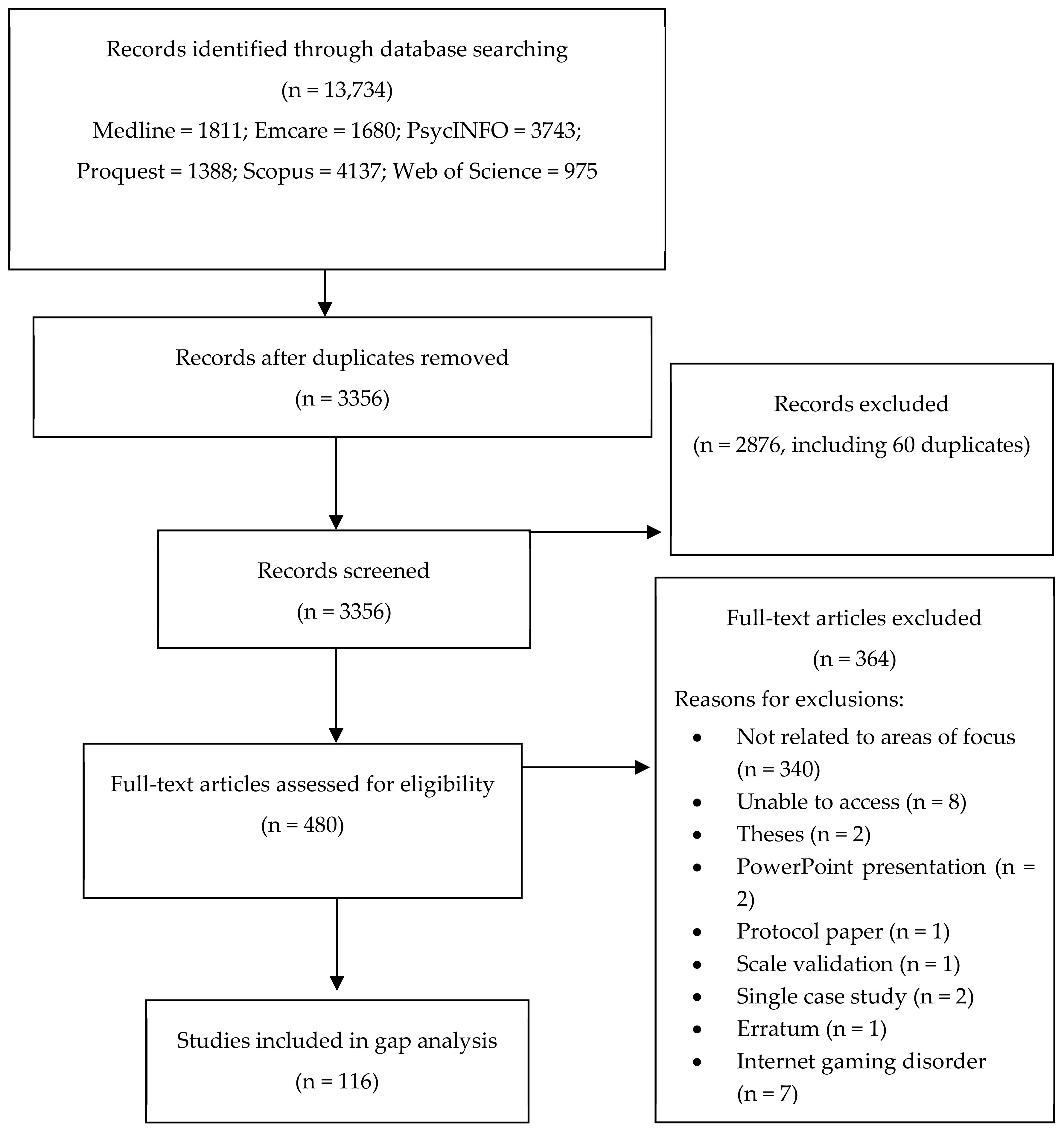Treatment Of Pathological Gambling A Critical Review Of The Literature
- Treatment Of Pathological Gambling A Critical Review Of The Literature Answer
- Treatment Of Pathological Gambling A Critical Review Of The Literature Review
National Research Council (US) Committee on the Social and Economic Impact of Pathological Gambling. Pathological Gambling: A Critical Review. Washington (DC): National Academies Press (US); 1999. Undertake a review of the literature on mood disorders and problem gambling. Intended Audience This review has been undertaken to provide mood disorders researchers and clinicians with an orientation to the current research linking problem gambling and mood disorders. Objective By undertaking a critical review of the literature, we also hope to.

Gambling in America has deep cultural roots and exists today as a widely available and socially accepted recreational activity. Over 80 percent of American adults now report having gambled sometime during their lifetime—on casino games, lotteries, sports betting, horse racing and off-track betting, and other gambling activities. It is estimated that in 1997 they collectively wagered more than $551 billion. This market has increased the intensity of competition for gambling dollars among state-sponsored lotteries and commercial gambling enterprises, leading to legalization in some states in which gambling had previously been voted down. Presently, gambling in some form is legal in all but 3 states, casinos or casino-style games are available in 21 states, and 37 states have lotteries. Resistance by many state legislatures to casino gambling and state-sanctioned sports betting continues, but state and tribal governments are increasingly relying on gambling revenues.
Although the recent institutionalization of gambling appears to have benefited economically depressed communities in which it is offered, gambling has social and economic costs. Two major concerns of public health and other policy officials are whether, in the currently expanding gambling environment, the number or proportion of pathological gamblers in the United States is in-
creasing and the possible effects of pathological gambling on individuals, families, and communities.
The charge to the Committee on the Social and Economic Impact of Pathological Gambling was to identify and analyze the full range of research studies that bear upon the nature of pathological and problem gambling, highlighting key issues and data sources that can provide hard evidence of their effects.
Pathological gambling differs from the recreational or social gambling of most adults, who view it as a form of entertainment and wager only small amounts. In 1975, the Commission on the Review of the National Policy Toward Gambling estimated that less than 1 percent of the U.S. population were 'probable compulsive' gamblers. Pathological gambling was first included as a mental health diagnosis in 1980 in the Diagnostic and Statistical Manual of Mental Disorders (DSM), the official publication of the American Psychiatric Association, classified in the section on disorders of impulse control. It was described as a chronic and progressive failure to resist impulses to gamble, characterized by undesirable outcomes ranging from borrowing money from family or friends and losing time at work, to being arrested for offenses committed to support gambling. Much of the literature examined by the committee on pathological gambling also reflects the American Psychiatric Association's conceptualization of pathological gambling as a disorder characterized by people's continuous or periodic loss of control over their gambling behavior, a preoccupation with gambling and with obtaining money with which to gamble, irrational thinking, and a continuation of the behavior despite adverse consequences.
The current description of pathological gambling in DSM-IV characterizes pathological gambling in relatively precise operational terms; provides the basis for measures that are reliable, replicable, and sensitive to regional and local variation; distinguishes gambling behavior from other impulse disorders; and suggests the utility of applying specific types of clinical treatments. Moreover, the DSM-IV criteria appear to have worked well for clinicians for the past five years. However, because it is a clinical description with little empirical support beyond treatment populations, there still are problems with its use to define the nature
and etiology of pathological gambling and when trying to estimate prevalence.
The Committee on the Social and Economic Impact of Pathological Gambling has conducted an extensive review of the relevant scientific literature. The committee concludes that pathological gambling is a significant enough problem to warrant funding support for a more sustained, comprehensive, and scientific set of research activities than currently exists.
The availability of legal gambling has increased sharply in the past 20 years. More people are gambling, and they are wagering more. As a result, there is increased concern about pathological gambling. Clinical evidence suggests that pathological gamblers engage in destructive behaviors: they commit crimes, they run up large debts, they damage relationships with family and friends, and they kill themselves. With the increased availability of gambling and new gambling technologies, pathological gambling has the potential to become even more widespread. A greater understanding of this problem through scientific research is critical. Recent methodological and theoretical advances in epidemiology, medicine, and the social and behavioral sciences should aid this understanding.
The committee estimates that 1.5 percent of adults in the United States, at some time in their lives, have been pathological gamblers. We estimate that, in a given year, 0.9 percent of adults in the United States, or 1.8 million, are pathological gamblers. Men are more likely than women to be pathological gamblers, and the proportion of pathological gamblers among adolescents is higher than it is among adults. The committee estimates that, in a given year, as many as 1.1 million adolescents between the ages of 12 and 18 are pathological gamblers. However, the committee recognizes that adolescent measures of pathological gambling are not always comparable to adult measures and that different thresholds for adolescent gambling problems may exist. Given various ways in which pathological gambling has been operationalized in prevalence studies among adolescents, this estimate should be viewed with caution.
Because the existing research on other subgroups in the population is less well developed, the committee was unable to determine the degree to which other groups, such as elderly
people and poor people, have disproportionately high rates of pathological gambling.
To understand changes in gambling and pathological gambling over time, as well as the nature and origins of pathological gambling, both cross-sectional and longitudinal studies of gambling will be necessary. The committee recommends that the Centers for Disease Control and Prevention and the National Institutes of Health should routinely include measures of pathological gambling in their annual surveys, and that measures of gambling and related leisure activities and outcomes (e.g., debts) should be added to other prospective, longitudinal studies on health or mental health. Doing so not only would add valuable information about gambling over time, but would also provide important information about baseline measures and other disorders that tend to cooccur with pathological gambling.
Research is beginning to elucidate the onset and course of pathological gambling. For example:
- Pathological gambling often occurs with other behavioral problems, including substance abuse, mood disorders, and personality disorders.
- Recent research suggests that the earlier one starts to gamble, the more likely one is to become a pathological gambler.
- Pathological gamblers are more likely than nonpathological gamblers to report that their parents were pathological gamblers. These findings, in conjunction with twin studies and recent neuroscience studies, suggest that pathological gambling may be influenced by familial factors and the social environment.
An accurate examination of the costs of pathological gambling requires an assessment of the costs and benefits of gambling generally. Gambling appears to have net economic benefits for economically depressed communities, but the available data are insufficient to determine with accuracy the overall costs and benefits of gambling. Pervasive methodological problems prevent firm conclusions about the social and economic effects of gambling or pathological gambling on communities, nor can the committee say whether pathological gamblers contribute disproportionately to overall gambling revenues. Similarly, the committee

could not determine how legalized gambling affects community or national rates of suicide and crime. Additional studies are required to advance understanding of these important matters.
Current, but limited, research indicates that pathological gamblers who seek treatment generally improve. This research is inadequate to determine whether any particular treatment approach is more effective than any other or the extent to which people recover on their own. The effectiveness of promising treatments that are emerging in the mental health field (for example, cognitive-behavioral and pharmacotherapy treatments) should be carefully evaluated. The unmet need for treatment of pathological gambling is unknown. Future research should evaluate the extent of unmet need and what barriers contribute to it, such as lack of insurance coverage, stigmatization, or the unavailability of treatment. Because pathological gambling often occurs with other disorders, such as substance abuse and antisocial personality disorder, the committee recommends that those undergoing treatment for those disorders be assessed routinely for pathological gambling.
Advances in computer and telecommunications technology have increased the availability of gambling. New technology holds the potential to change the subjective experience of gambling and to increase how often, how much, and how long people gamble. Research should be conducted to assess the effects on pathological gambling of remote access to gambling (e.g., Internet gambling), new gambling machines, and gambling while alone.
Overall, the committee found that much of the available research on all aspects of pathological gambling is of limited scientific value. Our conclusions are greatly influenced by a relatively small body of newer, better research that meets or exceeds contemporary standards for social and behavioral research. The future research recommended by the committee should be held to those standards.
| This page in the original is blank. |
Treatment Of Pathological Gambling A Critical Review Of The Literature Answer
